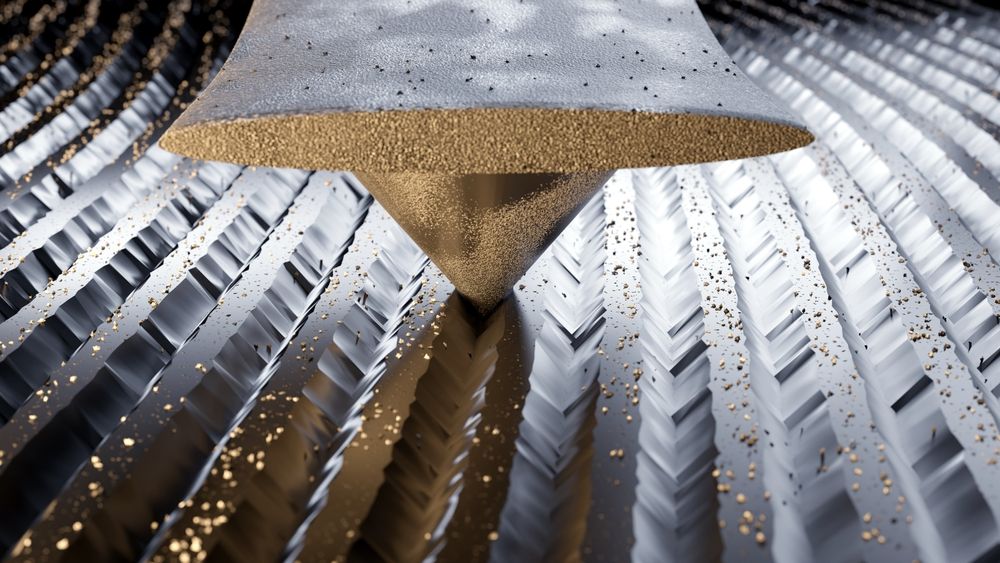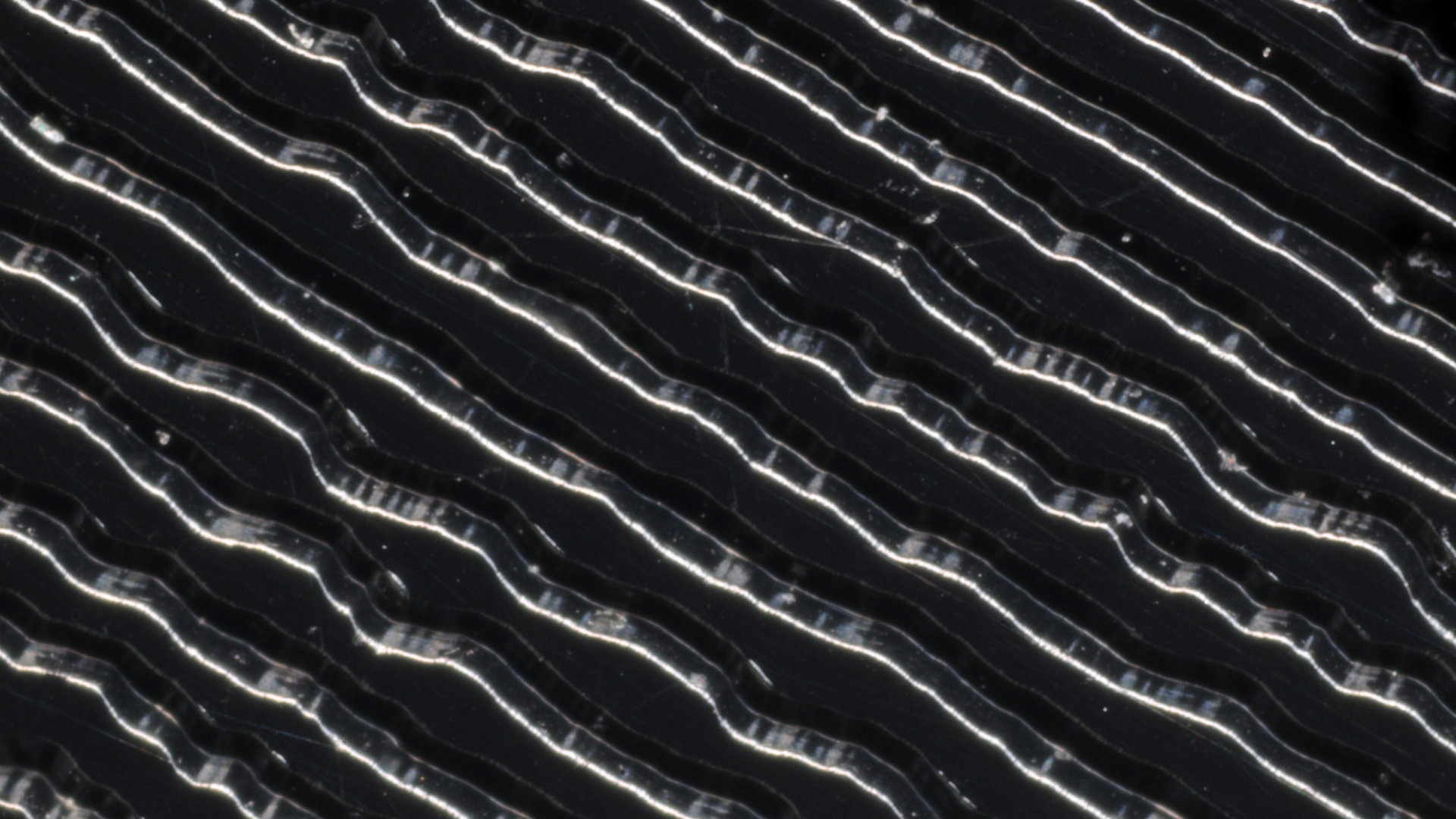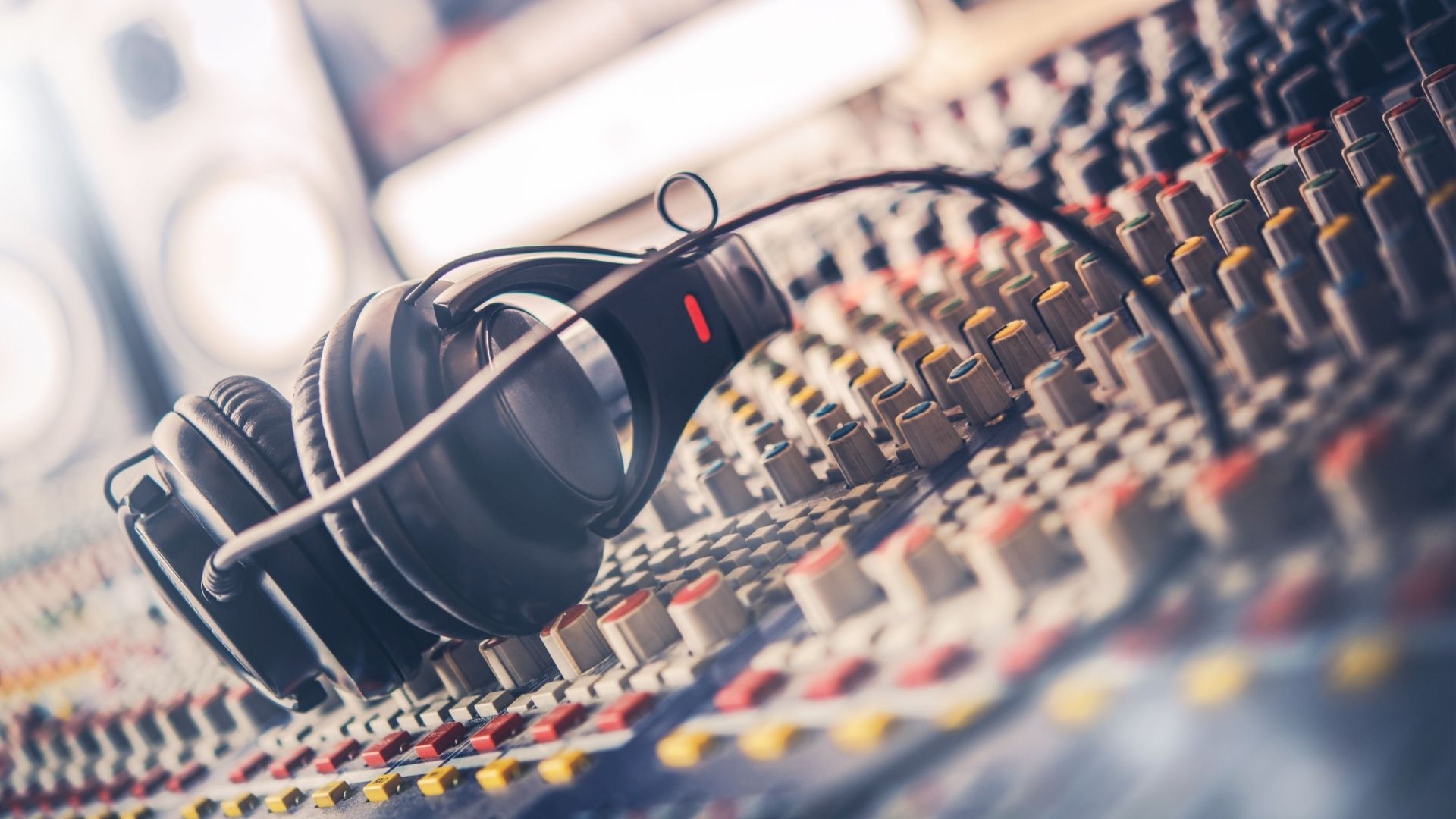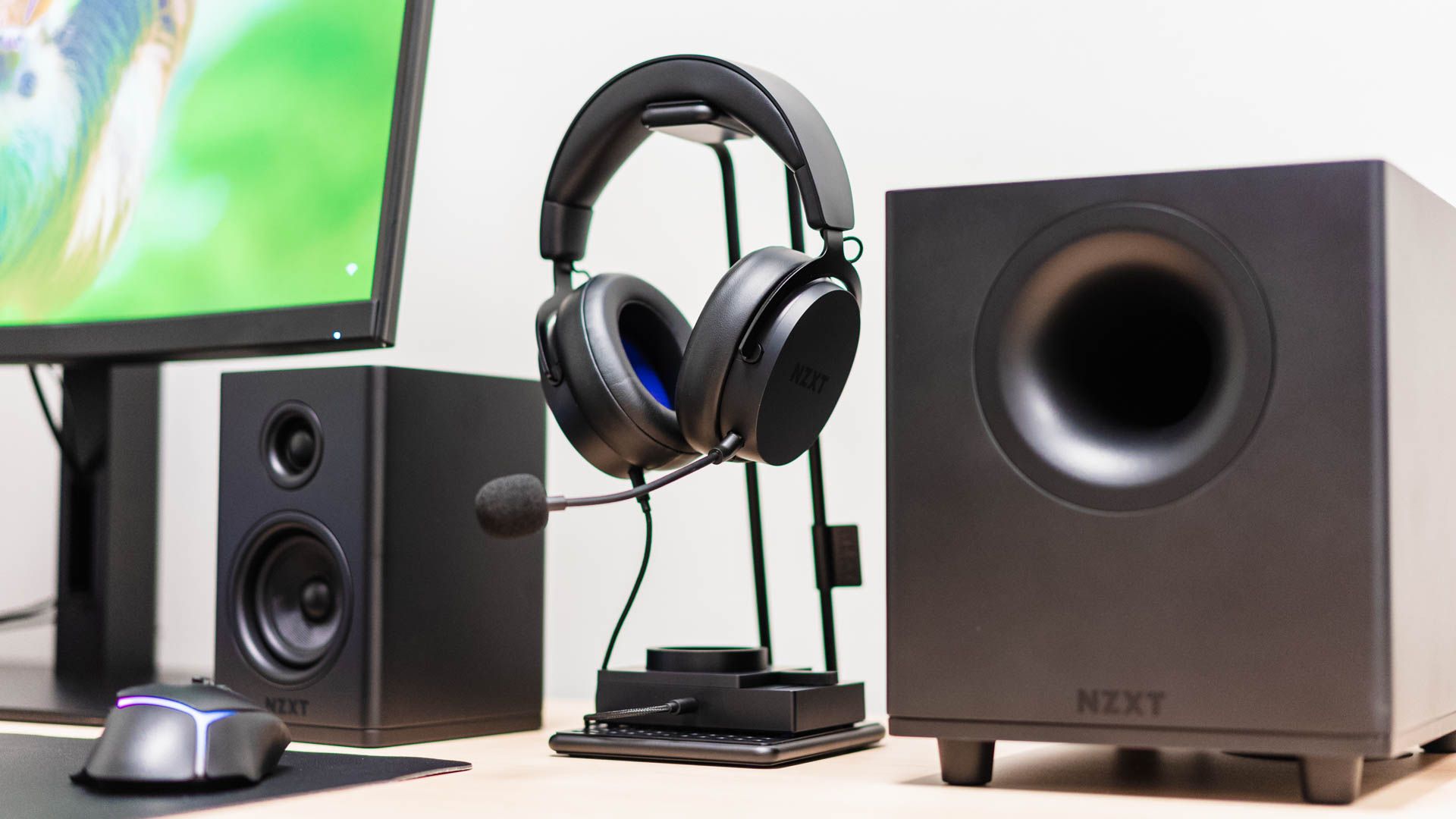Vinyl sales are near all-time highs, and their popularity has revived a conversation that has raged for decades: why does vinyl sound better than digital? Where is the magic in vinyl that digital lacks? But there is no magic—vinyl isn’t better.
How Does Vinyl Work?
You place the vinyl on the record player, drop the arm so the stylus sits on the vinyl, and a tiny needle runs through the grooves and boom—sound. But how does it actually work?
The surface of a vinyl record is covered in tiny bumps that are a physical record of the sound. As the needle runs across those bumps, it vibrates ever so slightly. Those vibrations are read by the cartridge, which converts the miniscule movements into electrical signals. Those signals are then channeled to an amplifier, which converts the low-intensity electrical signals into an electrical signal powerful enough to drive a speaker.
Interestingly, you don’t actually need the electrical part to produce sound. Because the sound is stored physically on the record, any time you can transfer the vibrations to a diaphragm, you’ll get sound. If you want an example of this, attach a sewing needle to a paper cone and run it around a record. The vibrations will travel through the needle to the paper, producing a sound. That idea is actually how an acoustic phonograph (also called a gramophone), the predecessor to the modern record player, works.
Vinyl Is Physically Limited
Because vinyl stores the sound information physically in grooves, it quickly becomes limited in ways digital isn’t.
Physically, the stylus has to move across a series of bumps in a groove to produce sound. If those bumps become too large, the stylus will literally bounce out of the groove and you’ll hear the song skip. This tends to be a problem with heavy bass, which is why bass on vinyl records is usually more muted than on digital formats.
The opposite problem applies at the higher end. Really high-frequency sounds (like whistles) require a ton of tiny bumps in an even smaller area. In practice, you reach a point where the stylus can’t reliably stay on them, and you lose audio fidelity at the high end.
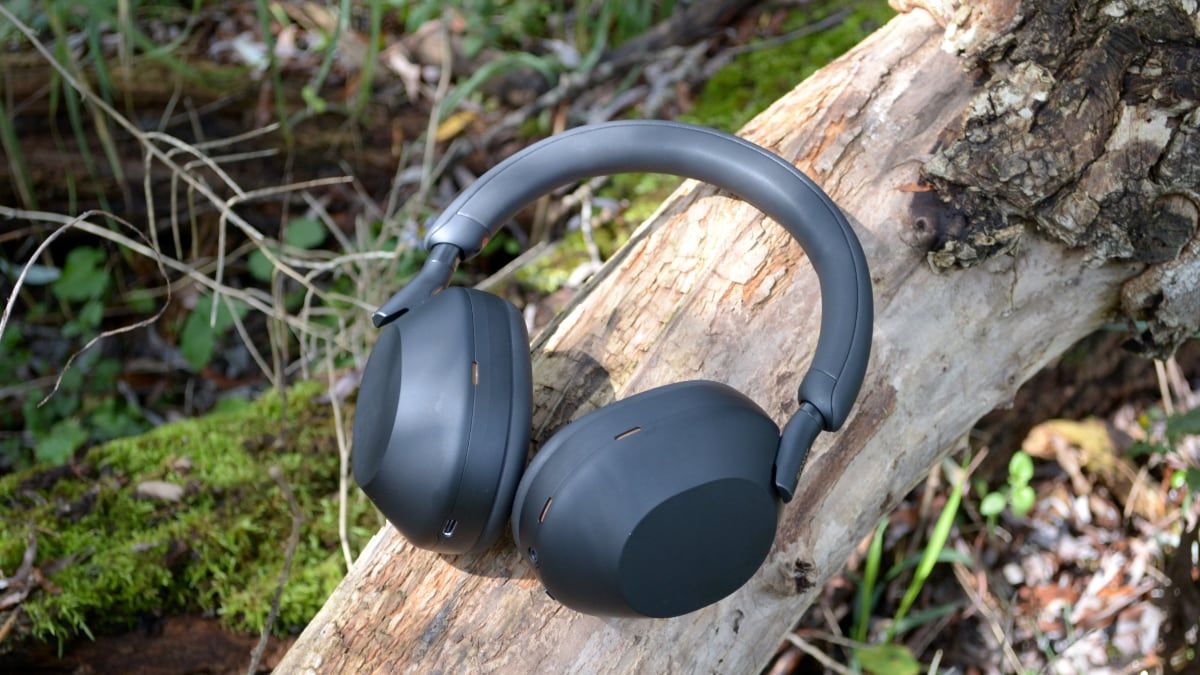
Lossless vs. Hi-Res Audio: What’s the Difference?
And which one is more important if you’re looking for the best listening experience?
That isn’t even to speak of the limited playback time, which is related to the width of the record.
Digital Is Unlimited—Sorta
Digital recordings are entirely different. They store information about sound as a series of 1s and 0s.
Of course, the notes on a guitar string aren’t a series of 1s and 0s; they’re analog—there are an infinite number of notes you can play on just one string. So how can a digital format capture that?
As it turns out, you just need a ton of data. Instead of storing your audio information as a single 1 or 0, you use hundreds or even thousands of samples per second to build a replica of the original analog sound wave. If your sample rate is low, the replica you build will be distorted and unrealistic sounding.
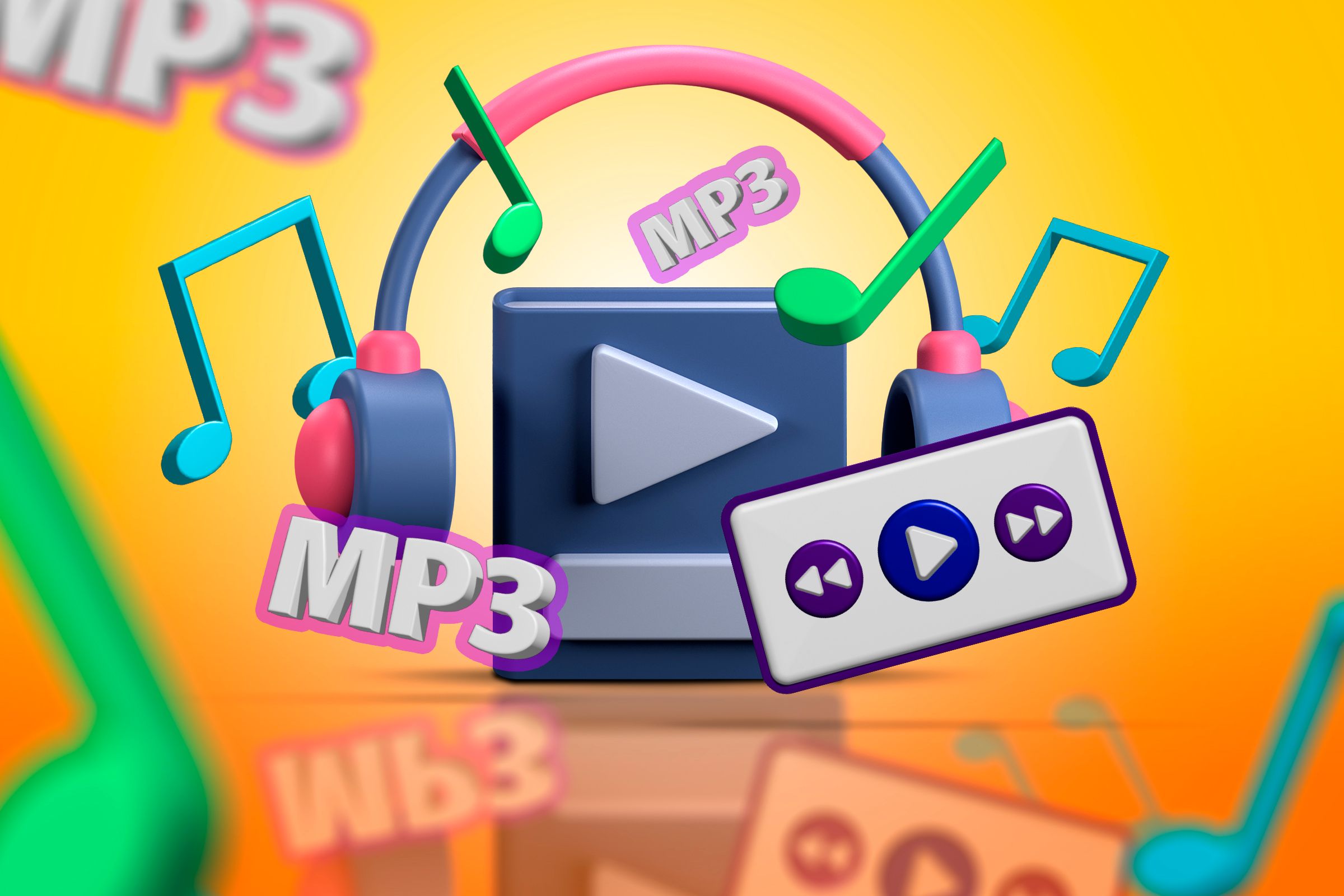
How Audio Compression Works and Why It Can Affect Your Music Quality
Feeling the squeeze when listening to your favorite song?
However, as you increase the amount of data, the replica can become more and more accurate.
Eventually, you can create a replica that is so close to the original sound that the limitations of the human ear or your audio equipment become the limiting factor in quality. In practical terms, a sample rate of 44.1kHz (44,100 samples per second) is usually good enough, though you’ll often see rates as high as 192kHz.
If you want to explore more about the math of how this works, Nyquist’s Theorem is a great place to start.
Unlike vinyl, there is no digital groove to jump out of. You don’t need to worry about a needle skipping if you turn up the bass too much—you can just increase the amount of space your recording uses up by upping your bit depth, which is what limits the difference in how loud the quietest sound and the loudest sound is.
You can also have as many audio channels as you’re willing to record, since you’re not limited to storing stereo information on a groove on a plastic disk.
Why Does Vinyl Sound So Good?
If digital can create a replica of a sound that is more accurate than vinyl, why does vinyl sound better?
Ultimately, a lot of this is just down to taste. When a song or album is produced, it is mixed and mastered. Broadly speaking, that is the process of balancing the sounds of instruments and vocals within a song, and then making sure that the album as a whole sounds good.
If you’ve ever listened to a song and thought to yourself: “Wow, that guitar is way too loud and harsh compared to the singer’s voice” you’re familiar with bad mixing. Unfortunately, good mixing usually flies under the radar unappreciated.
In some cases, the physical limitations of vinyl imposed restrictions on how albums could be mixed and mastered, which may have encouraged a more careful approach that resulted in a more pleasant sound.
After all, music is all about taste, not technical accuracy.
The Sweet Sound of Nostalgia
Both as individuals and as a society, there is a certain nostalgia to the pops, hiss, and crackles that vinyl produces. For better or worse, it seems to be associated with “the good old days.”
That emotional response might predispose listeners to perceiving it as better, even if the sounds being played are less technically accurate.
The Other Equipment Matters More Than You Think
Above and beyond just the vinyl itself, the other components in your sound system make an enormous difference too.
When you listen to music through your headphones attached to a laptop, most of the time you’re dealing with a small amplifier being fed a signal from a budget digital-analog converter (DAC). A low-quality DAC can quickly make even the most well-mixed song in history sound “off,” and a poor amplifier will give you hollow, soulless-sounding music.
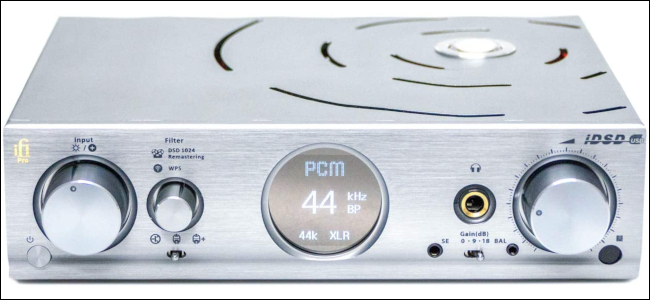
What Is an External DAC, and Do You Need One for a PC?
An external DAC could improve your sound quality—but do you need one?
Once you start mixing in the miniature amplifiers and DACs in wireless devices, the situation can get even worse.
Sound systems designed to play back vinyls are designed to do one thing: make sound. In general, that means they’ll be made from higher-quality components than the average amplifier you encounter in your desktop PC.
And that isn’t even to mention the actual speakers! Though you can listen to vinyls with headphones, most vinyl listeners use some kind of speaker instead. Headphones and earbuds can produce great sound, but they’re limited in ways full-sized speakers are not.
Full-sized speakers literally deliver more energy and move more air to create sound than headphones or earbuds ever could. That means when you turn up the music you can literally feel it in a way that isn’t possible with headphones, which makes it all the more immersive.
Despite vinyl’s technical pitfalls, I do still like them. If nothing else, vinyl is a fairly well-proven long-term storage medium. You can recover the sound on a vinyl without any special equipment. You don’t need to know anything about which audio codecs were used. That reduces the chance that the music a vinyl contains will be lost to the digital ether as time goes on.


